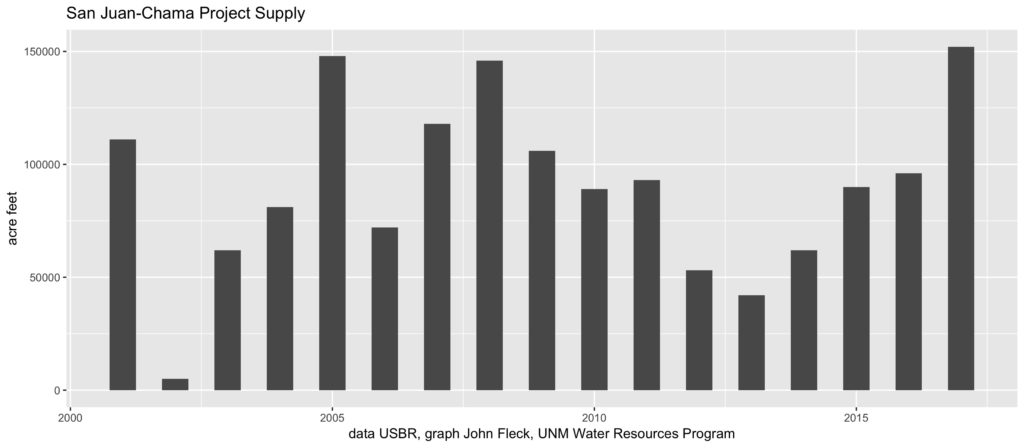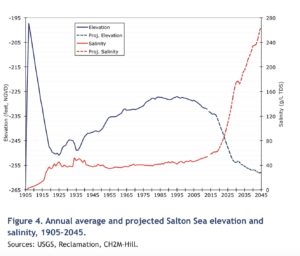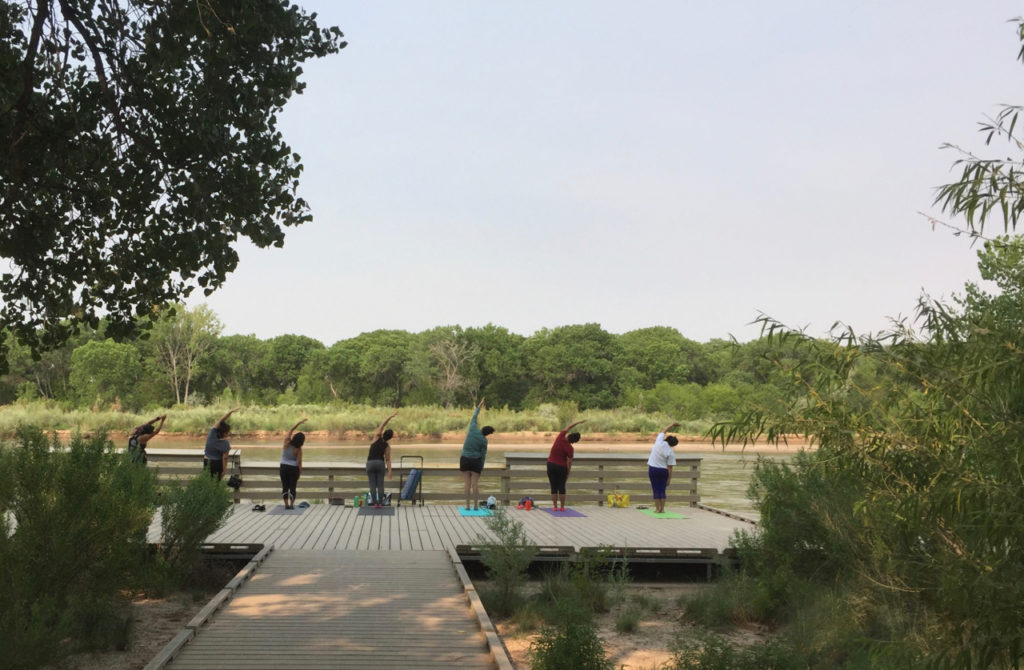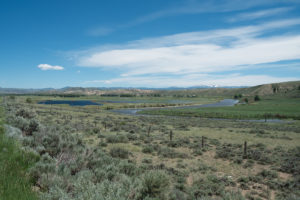Speaking earlier this month at the University of Colorado’s Martz Conference, Brad Udall offered what amounted to a bibliography, both helpful and deeply unnerving, of recent scientific literature documenting what we have learned in recent years about climate change and water in the Western United States, and what it tells us about our future prospects.
With Brad’s permission and help, here it is:
Mote, Philip W., et al. “Perspectives on the causes of exceptionally low 2015 snowpack in the western United States.” Geophysical Research Letters 43.20 (2016).
….both human influence and sea surface temperature (SST) anomalies contributed strongly to the risk of snow drought in Oregon and Washington: the contribution of SST anomalies was about twice that of human influence. By contrast, SSTs and humans appear to have played a smaller role in creating California’s snow drought. In all three states, the anthropogenic effect on temperature exacerbated the snow drought.
Mann, Michael E., and Peter H. Gleick. “Climate change and California drought in the 21st century.” Proceedings of the National Academy of Sciences 112.13 (2015): 3858-3859.
….the increasing co-occurrence of dry years with warm years raises the risk of drought despite limited evidence of a trend in precipitation itself, highlighting the critical role of elevated temperatures in altering water availability and increasing overall drought intensity and impact.
Lehner, Flavio, et al. “Assessing recent declines in Upper Rio Grande runoff efficiency from a paleoclimate perspective.” Geophysical Research Letters 44.9 (2017): 4124-4133.
In years of low precipitation, very low runoff ratios are made 2.5–3 times more likely by high temperatures. This temperature sensitivity appears to have strengthened in recent decades, implying future water management vulnerability should recent warming trends in the region continue.
Ayers, Jessica, et al. “Comparison of CMIP3 and CMIP5 projected hydrologic conditions over the Upper Colorado River Basin.” International Journal of Climatology 36.11 (2016): 3807-3818.
Even with projected increases in precipitation, snowmelt is projected to decrease dramatically throughout the (Upper Colorado River Basin)
Fyfe, John C., et al. “Large near-term projected snowpack loss over the western United States.” Nature Communications 8 (2017).
Observations and reanalyses indicate that between the 1980s and 2000s, there was a 10–20% loss in the annual maximum amount of water contained in the region’s snowpack. Here we show that this loss is consistent with results from a large ensemble of climate simulations forced with natural and anthropogenic changes, but is inconsistent with simulations forced by natural changes alone. A further loss of up to 60% is projected within the next 30 years.
Woodhouse, Connie A., et al. “Increasing influence of air temperature on upper Colorado River streamflow.” Geophysical Research Letters 43.5 (2016): 2174-2181.
….recent droughts have been amplified by warmer temperatures that exacerbate the effects of relatively modest precipitation deficits. Since 1988, a marked increase in the frequency of warm years with lower flows than expected, given precipitation, suggests continued warming temperatures will be an increasingly important influence in reducing future UCRB water supplies.
Goulden, Michael L., and Roger C. Bales. “Mountain runoff vulnerability to increased evapotranspiration with vegetation expansion.” Proceedings of the National Academy of Sciences 111.39 (2014): 14071-14075.
….we found a consistent relationship between watershed ET and temperature across the Sierra Nevada; this consistency implies a potential widespread reduction in water supply with warming, with important implications for California’s economy and environment.
Cook, Benjamin I., Toby R. Ault, and Jason E. Smerdon. “Unprecedented 21st century drought risk in the American Southwest and Central Plains.” Science Advances 1.1 (2015): e1400082.
….desiccation is consistent across most of the models and moisture balance variables, indicating a coherent and robust drying response to warming despite the diversity of models and metrics analyzed. Notably, future drought risk will likely exceed even the driest centuries of the Medieval Climate Anomaly (1100–1300 CE) in both moderate (RCP 4.5) and high (RCP 8.5) future emissions scenarios, leading to unprecedented drought conditions during the last millennium.
and of course….
Udall, Bradley, and Jonathan Overpeck. “The twenty?first century Colorado River hot drought and implications for the future.” Water Resources Research 53.3 (2017): 2404-2418.
….future climate change impacts on the Colorado River flows will be much more serious than currently assumed, especially if substantial reductions in greenhouse gas emissions do not occur.






